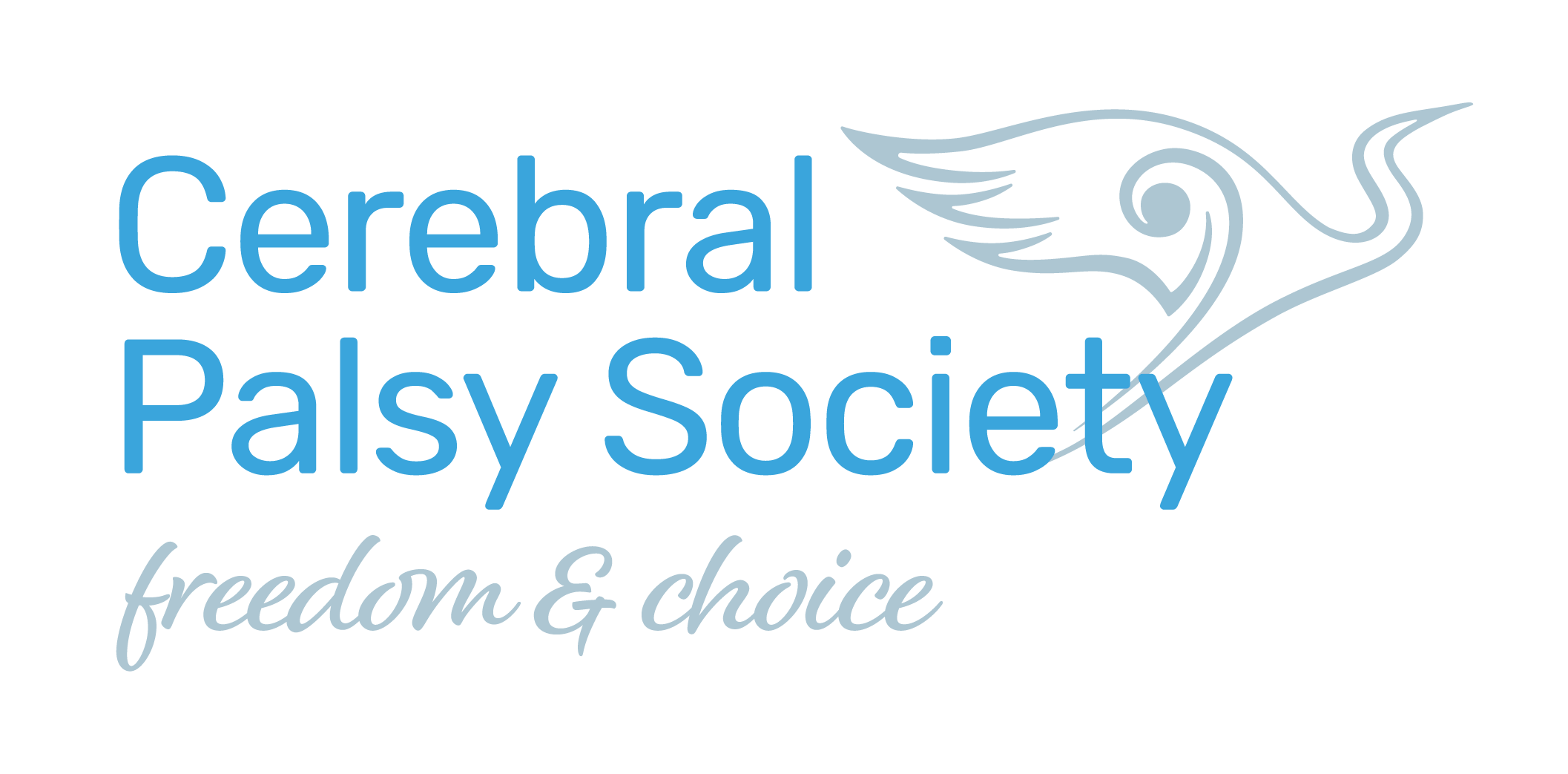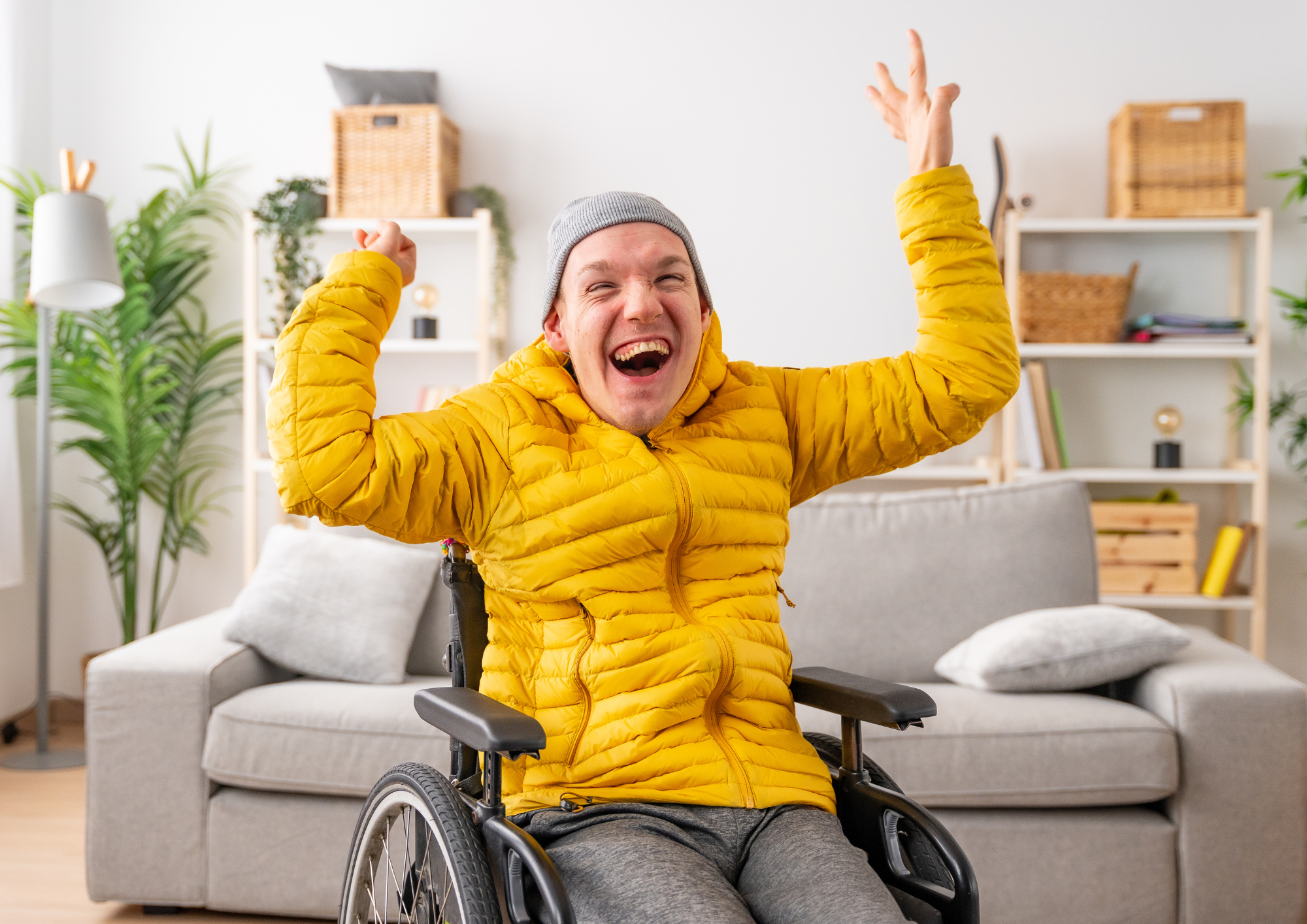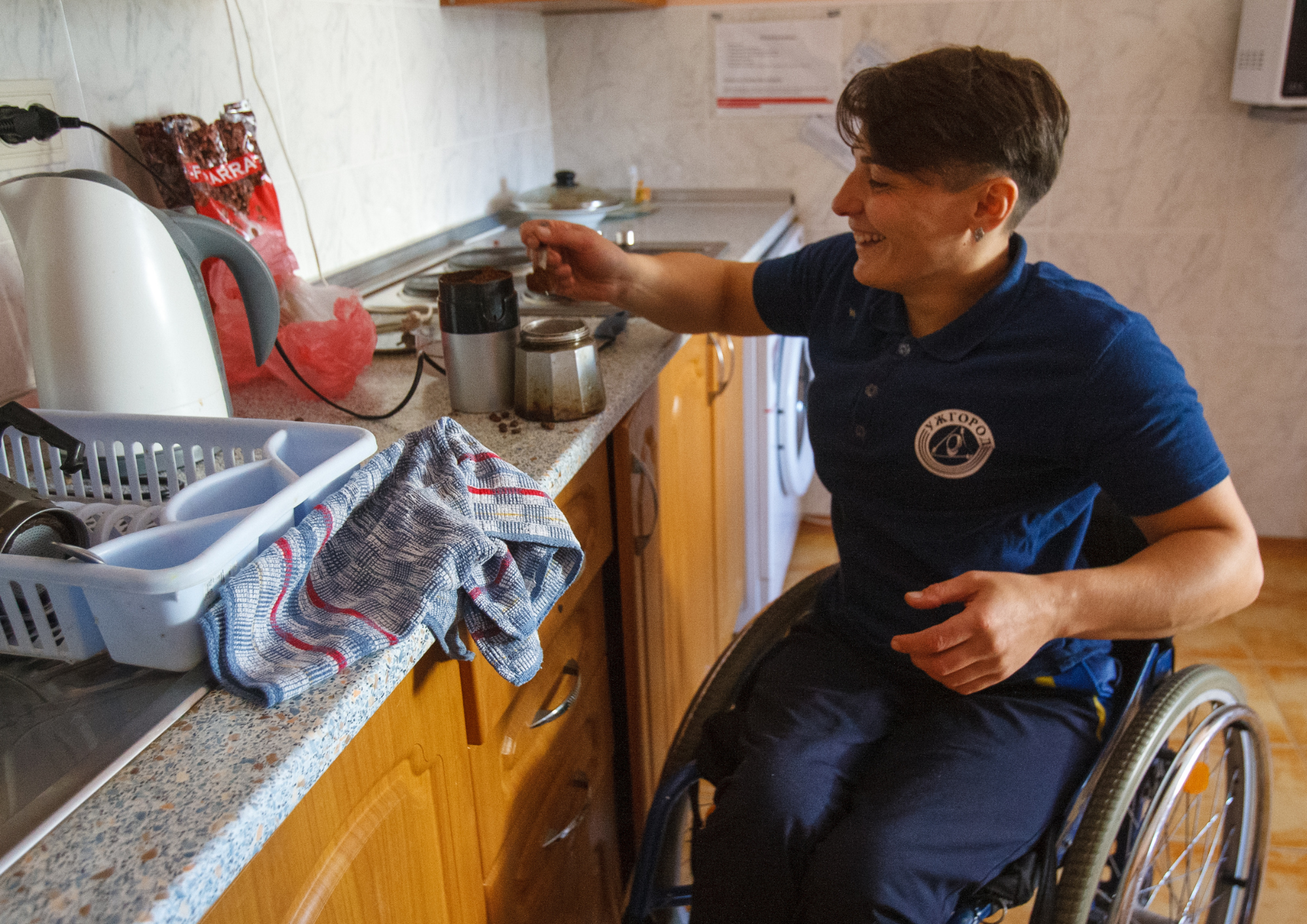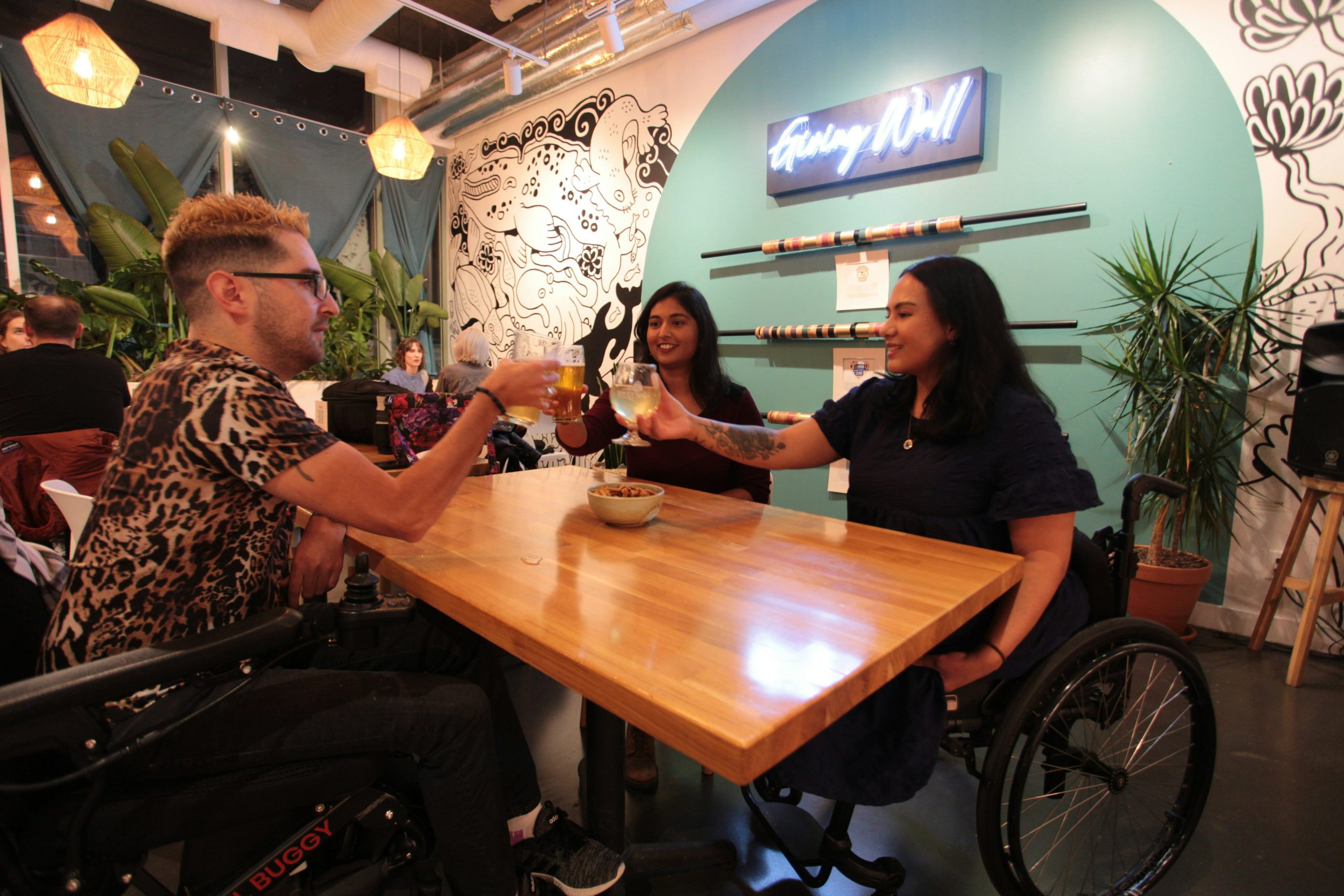Research
Planning independence and changing life circumstances
07 Mar 2024
What happens when it’s time for someone with a disability to move out of home, or the primary caregiver can no longer provide the same level of care?
By Amy Hogan
One of the concerns that come up the most from Cerebral Palsy Society members and their families, is what’s going to happen when the primary caregiver, parent, or guardian is no longer able to provide the same level of care.
This change in circumstance doesn’t necessarily need to be the result of illness or death. It may be that the individual with Cerebral Palsy is older and has different mobility need,s or wishes to expand their social circle by moving out of home. Or it may be that their house or living arrangement is no longer suitable for a young person or adult.
Life circumstances can force changes in the caregiving dynamic – which can result in anxiety and stress when caregivers imagine, and are confronted by, these scenarios.
There are two different types of life transition that people talk to us about:
- One is independence and life changes for people that won’t need ongoing and consistent caregiving for daily living activities (e.g. cleaning, meal preparation, dressing).
- The other type of planning includes individuals that will need support with such tasks and need ongoing professional caregiving structures or a supported living environment.
Of course, there isn’t a black and white distinction between these two groups. Sometimes, people who don’t appear to have any need for special planning for support can be struggling with more invisible aspects of disability such as psychological and social challenges.
The prospect of a change in living circumstances can be difficult for anyone regardless of disability. But there are specific elements to consider with Cerebral Palsy.
- Physical – what needs to be replicated or adapted from the home environment to meet the person’s needs in terms of mobility and movement (e.g. transitioning from bed to chair or threshold ramps)
- Psychological and social – sometimes, for practical reasons, the move needs to be away from everyday sources of social support (e.g. moving into a flat or a residential facility)
- Routine – are people going to be able to keep the same routine for key elements in their life (e.g. exercise, medical appointments)
- Adjustments – is there availability to change the circumstances or alter them if the new circumstances don’t work out or provide other advocacy structures (e.g. if changes need to be made to the physical environments or caregiving arrangements).
During a series of talks on Cerebral Palsy and adulthood, at the 2023 CP Achieve Symposium in Melbourne, I listened to a group of people discuss their experiences when planning for independence or changing life circumstances.
There were several parents of children with complex medical conditions and level IV and V Cerebral Palsy, as well as young people with Cerebral Palsy, who use a range of mobility aides and communication devices.
They were each reflecting on how they tackled different aspects of changing life circumstances. Specifically, when living in the family home under the care of parents was no longer meeting physical or psychological needs for both the individual and/or their parents.
One of the most important elements running through the whole series of presentations on independence, was the idea that parents or caregivers deserve a sense of peace as they get older and may not necessarily be able to provide the physical or psychological caregiving support at the same level of intensity.
It was insightful to hear about the experiences of the parents and the individuals as they confronted a different landscape for both practical family care and the parent-child bond.
Tips and aspects that they found useful when going through the process included:
- Starting the conversation early: changing living arrangements doesn’t happen overnight and discussing it early can make the logistics less daunting.
- It’s okay for parents and caregivers to feel a range of emotions when thinking about or discussing the idea of caregiving routines changing. There can be a huge sense of anxiety and apprehension, and perhaps also a level of relief.
- It can be useful to break down the idea of a move, or a change in set up, into small tasks or topics. For example, what would the individual need in their new room or space in relation to their Cerebral Palsy such as adapted equipment, different power points, or height adjustable tables.
- The participants in this forum found it useful to consider planning for the future in stages. For example, starting to change their night routine whilst still at home, or somebody else doing their medication routine.
- Some parents expressed the importance of setting up boundaries for themselves when visiting and commenting on the new routine or set up. However, it was important in the beginning for them to develop a sense of trust either with their child or the people around them. This can be a slow process and not an exact science.
- A few participants talked about the importance of having clear lines of communication if anything went wrong for themselves or their child, e.g. who would get called in an emergency and who lives close.
- One of the themes running throughout each of the talks was the importance of giving adult children a sense of privacy – even if they don’t have independence in the traditional sense. This included parents not buying their child’s personal items or clothing after they had moved out of home.
If you would like more information, feel free to contact me at amy@cpsociety.org.nz.
* CP Achieve is an initiative that brings together researchers, people with CP and families. The purpose is to codesign research that has the most meaningful and far-reaching impact on the community.
RECENT POSTS
- Navigating change in the health and disability landscape
- Update: Respiratory and oral health in children and young adults with CP in Aotearoa New Zealand
- Understanding fatigue in disability: Insights and strategies
- The practicalities of disability and sleep
- Understanding latest advancements: hype, hope, and practicalities





